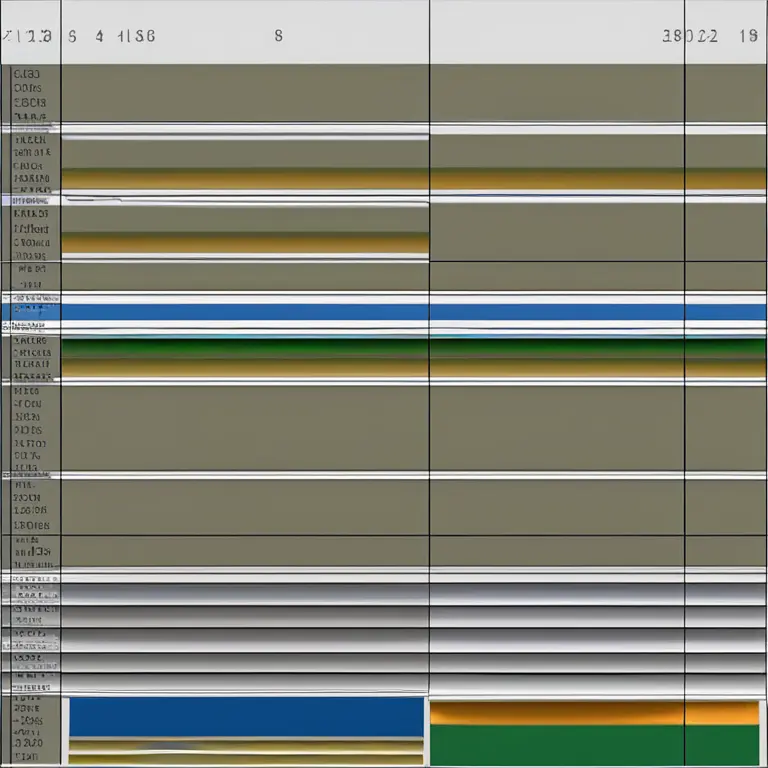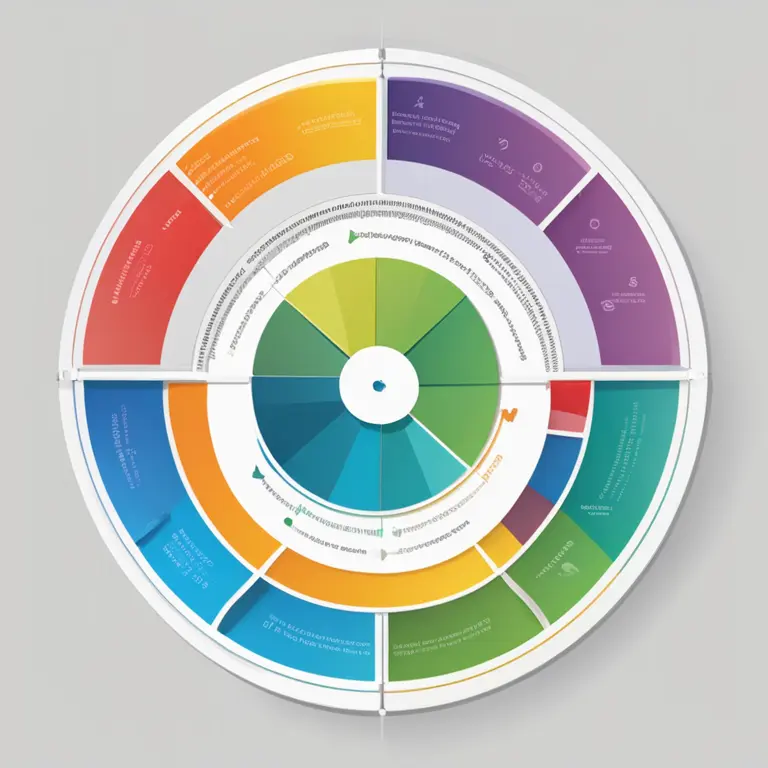
The Rhythms of Life: Biological Cycles in Humans
Discover the fascinating world of human biorhythms and how they influence our physical, emotional, and intellectual states.
article by Adrian Wallace
Introduction to Biorhythms
Biorhythms are believed to be the natural cycles of energy that regulate various biological processes in the human body. Since their initial conceptualization in the 19th century, they have been the subject of interest among those who seek to understand the interplay between the body's rhythms and overall well-being. This article delves into the core aspects of biorhythms, shedding light on how they are thought to impact our physical, emotional, and intellectual faculties, potentially influencing daily performance and long-term health.

The Three Primary Biorhythms
Three fundamental biorhythms are commonly identified: physical, emotional, and intellectual. The physical cycle, with a purported duration of 23 days, influences vitality, strength, and overall well-being. The emotional cycle, said to last 28 days, is linked to creativity, mood, and affective states. Finally, the intellectual biorhythm, believed to run on a 33-day course, is associated with cognitive functions, alertness, and the aptitude for mental activities. These cycles start at birth and are thought to wax and wane between positive and negative phases.

Scientific Scrutiny and Modern Understanding
Despite public interest in the concept of biorhythms, the scientific community remains skeptical, citing a lack of empirical evidence that conclusively supports their predictive power. Nonetheless, as we usher in the era of personalized medicine and biometric tracking, there is an increased focus on understanding individual patterns and rhythms. Innovations in wearable technology have made it easier to monitor various biological indicators, allowing for a more refined analysis of personal cycles and how they relate to performance and health outcomes.

Applications of Biorhythms
Advocates for biorhythms propose that they can be applied to optimize daily activities and plan for periods of high or low productivity. For instance, individuals might schedule demanding tasks during peaks in their physical cycle or avoid stressful situations when the emotional cycle is at a low. Athletes, business professionals, and creatives may all alter schedules based on their cycles. However, this personal optimization remains an individual pursuit and is not condoned by the vast majority of medical practitioners.

Critiques and Considerations
Criticism of biorhythm theory often points to its deterministic outlook and the risk of attributing too much significance to these cycles, potentially overlooking other important psychological and environmental factors. Moreover, in-depth research and randomized trials are needed to substantiate any claims made by proponents of biorhythms. Scientists urge caution in using these cycles as the sole basis for decision-making, advocating a balanced approach that considers a multitude of factors affecting human behavior and performance.
Looking Ahead: The Future of Personal Rhythms
As we move further into the 21st century, the potential to harness an understanding of personalized biological rhythms could grow, especially with advancements in data analysis and biotechnology. Whether or not the classical concept of biorhythms gains mainstream acceptance, the ongoing quest to unravel the complexities of the human body will undoubtedly lead to greater insights into how we can better align our lives with the natural ebbs and flows of our biological makeup.
Published: 1/25/2024
Modified: 1/25/2024
More predictions
Come back here soon to learn more about yourself and your future


Your Biorhythm Horoscope Handbook
Discover the intriguing intersection of biorhythms and astrology. Learn how tracking your biological cycles can provide insights into your physical, emotional, and intellectual well-being.


Biorhythm Love Compatibility: Find Your Match
Discover how a biorhythm love compatibility calculator can enhance your romantic connections by analyzing the natural cycles that influence relationships.


The Human Biorhythm Cycle: Patterns of Life's Ebb & Flow
Delve into the human biorhythm cycle, a compelling concept in the holistic understanding of our physiological and emotional patterns over time.